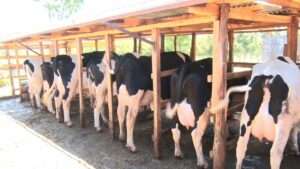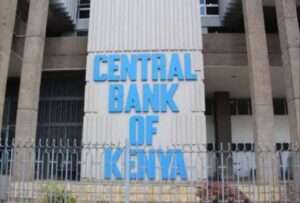
Kenya’s once-strong appeal to industrial investors is slipping, with a new Knight Frank report revealing a recent decline in the country’s influence as a magnet for manufacturing and industrial capital.
The report unveils that Kenya’s industrial rate of return is recorded at 9.5 percent, significantly lower than Uganda’s 13 percent and Tanzania’s 10 percent, raising concerns about the country’s competitiveness in the regional logistics and manufacturing sectors.
Returns on industrial assets are a major indicator of investor confidence in a country and expected returns.
Uganda’s higher yield suggests stronger demand and more favorable conditions for industrial growth, thus attracting more investors, whereas Kenya’s lower rate points to regulatory bottlenecks and slower infrastructure rollout.
Despite the yield gap, Kenya’s prime warehouse rental rates remain stable at $6 per square meter per month, which is approximately Sh775, largely due to limited supply of Grade A facilities.
In a slight comparison, Tanzania’s rates range between $5 and $6, while Uganda offers a broader span from $3 to $7, depending on location and specifications in the country areas.
The report also highlights a growing trend toward sustainability in industrial development. For example, Cold Solutions Kenya’s warehouse at Tatu City recently became Africa’s first LEED Gold-certified facility, signaling a shift in investor priorities toward green infrastructure.
“This is a major milestone for Kenya’s industrial sector,” said a spokesperson from Cold Solutions. In addition to that, he highlights that sustainability is no longer a luxury but identifies it as a strategic advantage.
However, experts have come out to warn that Kenya must do more to remain competitive. They have suggested that the country’s industrial strategy needs urgent reform, which includes streamlined tax policies, expanded logistics networks beyond Nairobi, and targeted incentives for export-oriented and eco-certified developments.
READ: Dangote, Ethiopia Seal $2.5B Fertilizer Investment Agreement
Uganda’s performance has been noted, given its smaller economy. Analysts attribute its success to proactive industrial policies, strategic location advantages, and a growing appetite for logistics infrastructure. Tanzania continues to attract steady investment through competitive pricing and improving connectivity.
In addition to that, Kenya’s industrial property sector is experiencing a strategic upswing. According to Knight Frank’s Africa Industrial Market Dashboard H1 2024, this growth is underpinned by expanding e-commerce, robust infrastructure investment, and the proliferation of Special Economic Zones (SEZs) and Export Processing Zones (EPZs).
Occupancy rates in industrial zones now average 85 percent, driven by demand for high-spec warehousing and flexible logistics solutions. The report highlights the emergence of data infrastructure as a key growth catalyst, citing the development of iColo’s 13MW data campus as a landmark project reshaping industrial demand.
“Kenya’s industrial market is evolving beyond traditional manufacturing,” the report notes. “It’s becoming a nexus for digital infrastructure, regional trade, and last-mile delivery.”
Kenya’s performance aligns with broader continental trends, where cities like Johannesburg, Cairo, and Lagos are also seeing rental growth and high occupancy. However, Kenya’s blend of digital ambition and regional integration under the African Continental Free Trade Area (AfCFTA) positions it as a standout market in East Africa.





